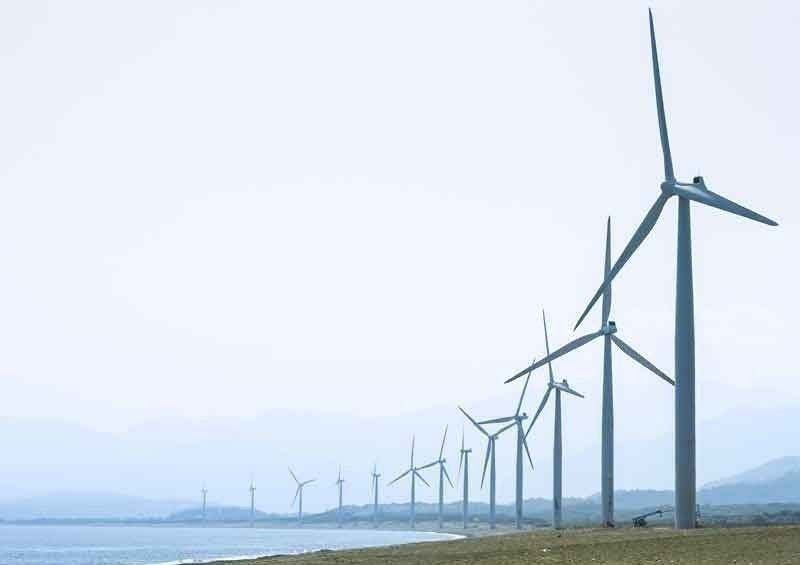PNOC eyes JV for offshore wind power project

MANILA, Philippines — The Philippine National Oil Co. (PNOC) plans to partner with a port developer to repurpose its 19.2-hectare property in Mabini, Batangas into a dedicated integrated port to ensure the growth of the offshore wind industry in the country.
PNOC president and CEO Oliver Butalid said the cost of the planned undertaking would require support from a private partner.
“We are exploring going into joint venture with a port developer. We are discussing now with PPP (Public-Private Partnership) Center because it will certainly cost more than what was the budget originally,” Butalid said.
Butalid said the facility, which was originally intended to support exploration companies, is being used as a commercial port.
“And, as it turned out over the years, most of the cargo offloaded in this port is actually not energy-related anymore. These are commercial commodities,” Butalid said.
“So the original intent actually of this being a dedicated port to facilitate importations of energy-related entities has been somewhat diluted. So, we’re bringing it back now, but for another energy segment – the offshore wind,” he said.
The PNOC executive said part of the plan is to widen the port design and reclaim certain areas for it to be used as an offloading for the large parts required for offshore wind projects.
“We met with offshore wind players twice already and they said even if they have so many supply contracts, they all say none of these can be realized without a port that will service their needs because of the nature of they have to have a kind of integration or fabrication close to the site where these offshore wind turbines will be located. So, that is the reason why we are into the offshore wind common service facility,” Butalid said.
Offshore wind energy has been identified by the Department of Energy (DOE) as one of its top priorities in the country’s renewable energy sector.
At least 77 service contracts have been awarded so far by the agency to local and international offshore wind developers.
“It’s a low hanging fruit because the offshore wind developers, they want to use a dedicated port. I don’t think there are any private port operators who will give up their business of commercial port operations and repurpose it for an industry that has yet to begin,” Butalid said.
Butalid said the PNOC’s Batangas facility is also strategically located to cater to the needs of the offshore wind industry.
“It was a decision of the board because of the strategic positioning of our port vis-a-vis the Mindoro wind corridor that we will be the ones to service the needs of the industry. So this is totally different concept from an ordinary cargo commercial port. This is going to be a dedicated integration port for offshore wind,” he said.
Among the prime areas identified for offshore wind energy potential in the country include Northern Luzon, Verde Island Passage, Northern Mindoro and Southern Mindoro.
“We are willing to put our resources to support the offshore wind because we believe that is the fastest to deploy and potentially the largest in terms of capacity in megawatts that can be realized maybe before the term of this administration,” Butalid said.
“So, the offshore wind for instance, I understand there are three wind corridors, the Ilocos, the Mindoro-Batangas wind corridor, and the Panay. So, we will support the Southern Luzon because we have a very strategically located port there – the Mabini port,” he said.
The Philippines Offshore Wind Roadmap was launched last year, showcasing the country’s potential offshore wind resources estimated at 178 gigawatts (GW).
Under the draft Philippine Energy Plan 2023 to 2050, a clean energy scenario includes two options for offshore wind capacity – a clean energy scenario one with a 19-GW capacity by 2050, and a clean energy scenario two which has a much higher capacity addition of 50 GW by 2050.
- Latest
- Trending


























